Before I visited Japan, I’d heard a ton of horror stories about how expensive Japan was. The country wasn’t even on my bucket list when we visited in 2014. Jason had to persuade me as I was put off by rumours of horrific costs. Ultimately, I was pleasantly surprised by the costs and hope that this post will show you that it is possible to visit Japan without subsequent bankruptcy.
Seriously, I’ve been to a ton of countries that are considerably more expensive. Iceland, for instance. Norway, Dubai, Oman, and Bahrain to name a few others. Even the USA would feature higher in my list of expensive destinations when you add in the cost of tips and the awful Sterling exchange rate.
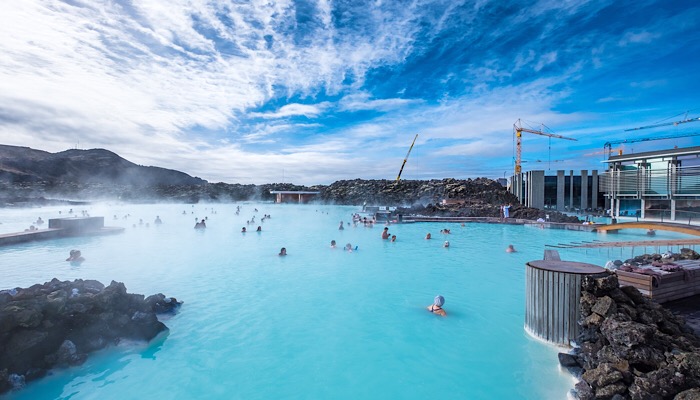
Why you should visit Japan?
If you still need convincing to visit this incredible country, here’s why I fell truly, madly, deeply in love with the nation. I’m not the only one either – here’s 11 reasons to visit Tokyo alone.
The people
The Japanese people make Brits look impolite and this is the only nation I’ve visited that could ever really challenge us for that crown. Yes, Americans may seem very polite but I am a cynic and usually feel that it’s driven by the tip incentive. In Japan, the service and politeness is endemic. It’s the most organised and polite place I’ve ever visited.
The mountains
Wow, the mountains of Hakuba are stunning. The views are as good as any I’ve ever seen in the Alps and the skiing is sublime. I’ve never skied slopes as empty, pristine or powdery as those in Japan. I love skiing in the United States and Canada, but trust me Japan surpassed them all. Even better, the skiing looks very good value for money, especially compared to places such as Jackson Hole or Tremblant.
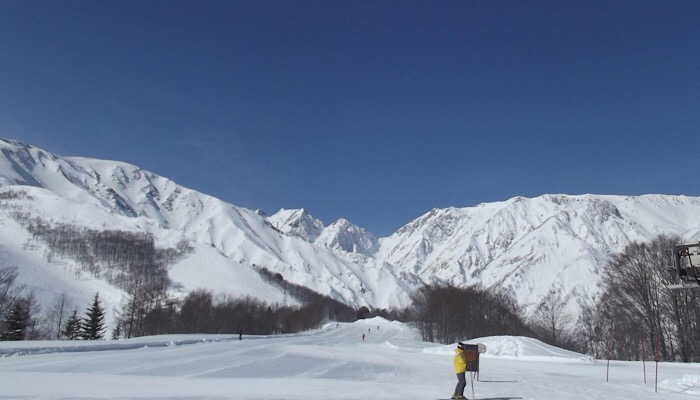
The food
Oh Japan, how I love the food. It’s nutritious tasty and super healthy. I even lost weight on this trip despite drinking every evening! Lot’s more coming up on food. It seems our guest bloggers today really share my love of Japanese food!
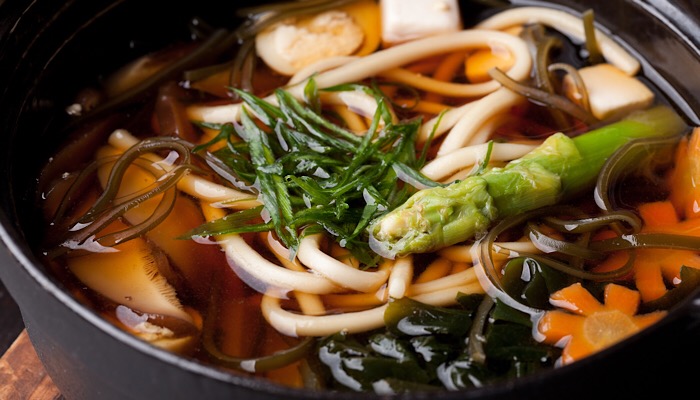
The bathrooms
This may seem like a strange inclusion but anyone who has visited will totally get this. The toilets are the most high-tech, fascinating bathrooms EVER. Want to warm a cold bottom after a morning of skiing? No problem. Want some music to accompany your ablutions? Also, no problem. Perhaps a spray of cologne to chase away any bad scents? These toilets are just incredible and worthy of a visit alone. Sadly I did not take any photos so you will have to trust me on this one!
Read more:
You might also find these 11 fun facts about Japan an even greater incentive to visit.
Travel bloggers tips for expensive Japan
So hopefully I’ve given you a teaser for what you might find in Japan, but if you are still concerned about costs, here are some tips from an incredible bunch of bloggers to help save you money.
Activities
Skiing – me!
We travelled to Japan to ski and it was amazing!! It may not be the obvious place to go skiing but the scenery was stunning, the food incredible and the snow was the best powder I have ever experienced. Surprisingly, I don’t recall it being ridiculously expensive, especially compared to skiing stateside.
We booked our flights using airmiles and flew business class for less than economy. Then we booked a local hotel through hotels.com and paid for our lift passes in resort. We often bought food from the local supermarkets (see below) and were astonished by what good value it was.
A lift pass for five days costs £186 as at today’s prices for the Hakuba Valley which is around half what I usually pay in the United States. Pretty good hey?
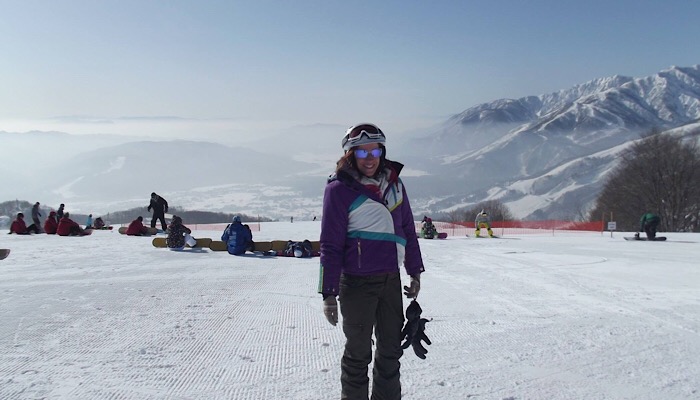
Food
Shobha of Just Go Places
We grew to love the convenience stores in Japan for quick and easy meals. There is an excellent choice of both hot and cold meals as well as snacks, chocolates, fruit and drinks. Among the options are onigiri (Japanese rice balls), teriyaki chicken, noodles, Japanese curry and dumplings. Even my fussy children could find something they liked to eat. Due to their popularity, the food is freshly made because nothing stays on the shelves very long.
The main convenience stores are 7-11, Lawson and Family Mart. Instead of eating out at restaurants (even the cost of local Izakayas and other casual places can add up), we had many meals which we ate in our hotel room. After a long day of sightseeing, my children were grateful to collapse in the room and eat without having to behave nicely in a restaurant.
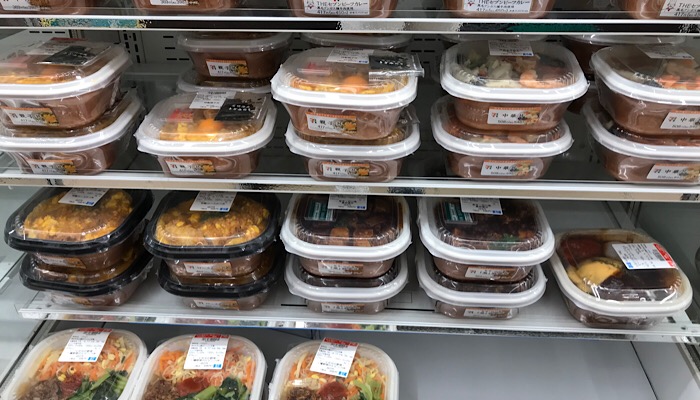
Convenience stores are usually located near train stations and are frequented by locals and foreigners alike. You can easily pick something up on your way back to your accommodation. Another huge plus point for 7-11 stores? Unlike many other debit card machines, The debit card machines accept foreign debit cards if you are in need of cash.
The Kombini – Jean of Traveling Honeybird
The konbini (combini) will become your best friend in Japan. Always there for you. Just waiting to be able to serve you, make you happy and give you a warm meal even if it’s 2am in the morning. But what is a konbini?
It’s a convenience store, almost like 7Eleven but more Japanese and more enjoyable. Now the original purpose of these stores was to sell affordable snacks to busy people at any time of day. This is great news for you when you are traveling through Japan. The konbini is the perfect place to stop and grab snacks without blowing your budget.
Victor of Victor’s Travels
If you are even the least bit adventurous, food doesn’t have to be expensive when you travel to Japan. Almost every place has either pictures of the food on the menu or a shop window with very realistic plastic models representing each dish. If you’re lucky, there might even be an English menu available.
In places like Tokyo or Osaka, you will find many small restaurants next to each other on any street. It’s hard to find bad food in Japan, which makes it an easy to walk into any one that you like the look of. You will often get a set menu with rice or noodle soup, a choice of chicken, pork, and seafood, and some weird vegetables on the side which you have never seen before.
Even Japan’s fast food chains, like Yoshinoya and Matsuya, offer very decent food for about 3 to 5 euro per dish. If you are on a really tight budget, I recommend stocking up on Onigiri, a triangular seaweed wrapped rice snack with different fillings such as tuna, salmon, beef, chicken, or cod roe. You can get them at any 7-eleven for about 1 euro. They are guaranteed to get you through the day!
Fran of La Vida Nomade
You can definitely find inexpensive food in Japan and spend far less than I’d anticipated. There’s an array of cheap food options in the country. For example, you can go to 100 yen shops like CanDo, Seria and Daiso. Apart from toiletries and household items, you can get water, meals and groceries for just 100 JPY or a little bit more.
Apart from the option of cooking your own food, you can get cheap meals at the supermarket. After certain hours, some places will significantly reduce their prices. Japan is all about fresh food and they don’t want to keep food for the next day.
Another option that I really enjoyed was going to their fast food chain restaurants. And no, I am not talking about burger and fries, but delicious Japanese meals and products to cook yourself.
Convenience stores like Family Mart and 7 Eleven also have a lot of pre-set meals for 100–300 JPY that make for cheap lunches.
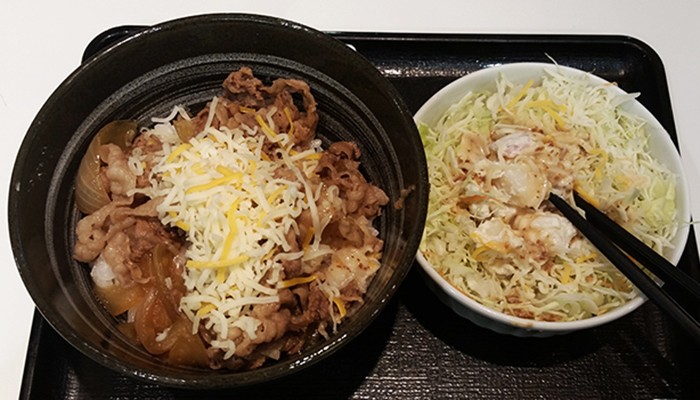
Anne: As food is often our single biggest cost on a trip, it is reassuring to find that there are so many wonderful options to help you save money on food. All this talk of food is however, making my mouth water.
Travel
Bus travel – Ben of Horizon Unknown
Japan is an amazing destination for travellers, but keeping expenses down can be a massive challenge, especially transit costs! Japan is well known for having impeccable train systems, but buses are also a viable option for both short and long-distance travel.
While travelling Japan and searching for ways to cut costs, I discovered Willer Express bus company and an amazing deal they offer. You can buy a 3-day ticket purchased online, from anywhere in the world, and it can be used on any days within a two month period. Not only does this make planning your travel route through Japan much easier, it cuts the costs significantly compared to buying single fare tickets.
If you intend on taking a bus on Friday or the weekend, make sure you get the full week pass as weekend travel increases the price by 2,500 yen.
Another amazing reason to book through Willer Express is this three-day pass includes overnight buses. If you’re running short on time and can sleep on a moving vehicle, you can save whole transit days by travelling while you sleep.
Travel in Japan can quickly add up and burn a hole in your wallet, Willer Express is a great way to save some money and still travel safe and sound.
Overnight buses – Patrick of a German Backpacker
Japan has a reputation for being a pretty expensive country, however, with a few easy tips, it doesn’t need to be! One of the main expenses on a Japan trip is transport. While the trains are very fast, efficient and comfortable, they are also pretty pricey.
When I had to travel from Kyoto to Tokyo, I wanted to avoid spending a fortune on trains and found a night bus for only €30! Sure, the journey took longer than by train. However, I was surprised at how convenient the bus was, with big seats which I was able to recline to have a good sleep. And since the journey took the whole night, I even saved the money on accommodation!
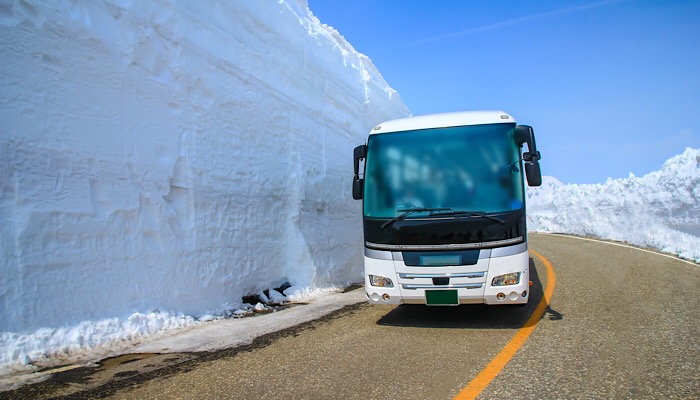
Train travel – Sarah of A Social Nomad
One of the best ways to save money while travelling in Japan is to get yourself a JR Pass. This is a pass for the Japanese Railways. You need to buy it before you arrive and you collect it when you enter the country.
It’s valid on most trains excluding the super-fast ones. There are some routes where you’ll need to upgrade or buy a special ticket, but that shouldn’t stop you seeing most of the country.
You can buy the JR Pass for 7, 14 or 21 days. A 21-day pass is around US$500. During our Japanese travels, we calculated that it would have cost US$1396 for the cheapest train tickets without the pass!
It’s not just train costs that this can save. One night we couldn’t find a room for less than US$200. We hopped on a train and travelled around 200 km (just over an hour in travel time), got a great room at a good hotel by the train station for US$50, and then the following morning, got the train back to Osaka. Bargain!
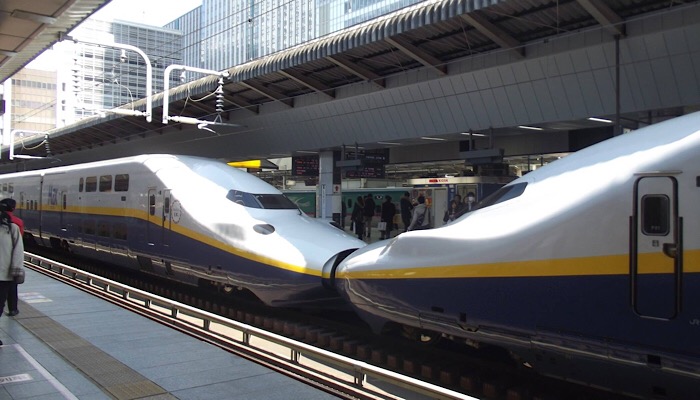
Public transport – Sally of Our 3 Kids V The World
People often ask me if I thought Japan was expensive and while it is more expensive than other Asian countries, it’s not as bad as what some might be expecting. There are a number of great ways to save some coin in Japan and my top tip is to become a master of the public transport system. On first sight it does seem a little overwhelming but once you get used to it, you’ll find it a much more cost-effective option than taking taxies everywhere.
Taxies are expensive in Japan and the road system is confusing even for locals. A lot of taxi drivers won’t have a great grasp on the English language so you will need to be patient. If you are using taxis, I advise you to take a card from your hotel with the address written in Japanese. This will assist you somewhat, however, communication can still be difficult.
We managed to navigate the transport system during peak hour with all our luggage and from one side of Tokyo to the other. I won’t say it was a breeze but we managed. We learned how to read the map and follow the colour lines and when you look confused enough someone will approach you and offer help. Just remember that trains in Japan go on time no matter what with or without you!
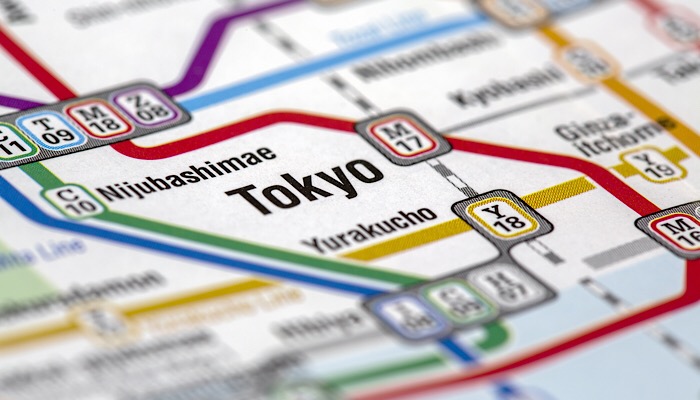
Other top tips?
Maybe some of my lovely readers will have some fabulous tips for other ways to save money in Japan. If so, please feel free to share them in the comments. That way, we may all feel the urge to celebrate with a snow angel!!

 From Miles to Smiles Stylish travel for professionals seeking luxury at affordable prices
From Miles to Smiles Stylish travel for professionals seeking luxury at affordable prices



Supermarkets and the basement food floors in department stores are superb low cost places to find fresh quality food. That includes sandwiches, fruit, yoghurt, stews, stir fries, noodle soups and tempura. Just avoid the stand with eye watering prices for business gifts like cubic watermelons and beyond perfect other fruits. They are for generous business gifts!
That’s a great tip. We discovered dried strawberries in white chocolate on this trip and they were delicious. However when I went to buy them as a gift they were seriously expensive
Great tips – I hadn’t thought about using a rail pass to take the shinkansen to the next stop for a cheaper hotel and might steal that for my next trip!
For accommodations in the city centre, I’d also recommend checking out Airbnb for the apartments. I stayed in 2 last year in Osaka and they were central, nice (about the same quality as an APA Hotel single room), and most importantly CHEAP! I think for both I paid no more than $50 per night to be a nice 10-15 minute walk from the major tourist centres but still central to train and subway stations. There’s definitely not as many now due to new government rules, but some cheaper ones can still be found, especially during off-peak season!
Great tip. I use Airbnb a lot, especially if I am travelling with friends and it really does save a lot. Better yet though, it often provides insight into how locals live as you get to stay in more authentic places. Admittedly you will not get a butler waiting on you but seriously, it doesn’t stop you eating out and enjoying all that a city has to offer. Thanks for stopping by.